Strength, organization, equipment and deployment of the army divisions, tank inventory, Air Force and Navy of Poland in September 1939.
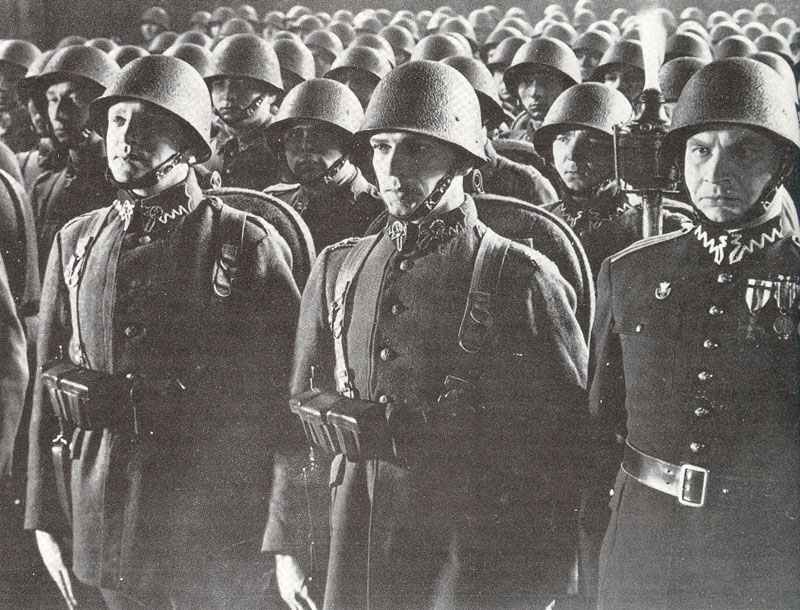
Polish Armed Forces in WW2
Table of Contents
The Polish armed forces played a significant role in World War II, despite Poland being quickly overrun by Nazi Germany and the Soviet Union in September 1939.
Overview
Polish September Campaign (1939):
Poland was the first country to resist Nazi Germany’s aggression. The Polish army fought against overwhelming odds for about a month before being defeated.
Polish Underground State:
After the occupation, Poland formed an underground resistance movement and government-in-exile. The Home Army (Armia Krajowa) was the largest underground resistance movement in occupied Europe.
Polish Armed Forces in the West:
Many Polish soldiers evacuated to France and later to the UK. Polish pilots played a crucial role in the Battle of Britain. Polish Armed Forces in Exile fought in various campaigns, including North Africa, Italy, and Normandy.
Polish Armed Forces in the East:
Following the Soviet invasion of Poland, many Poles were deported to Siberia. After Germany attacked the USSR, these Poles formed the Anders Army, which later fought in Italy.
Warsaw Uprising 1944Warsaw Uprising (1944):
The largest military effort by any European resistance movement during WWII.
Notable units:
– 1st Polish Armored Division (Western Front)
– 303 Squadron RAF (Battle of Britain)
– 2nd Polish Corps (Italian campaign, including Monte Cassino)
Contributions to Allied intelligence:
– Polish mathematicians broke the Enigma code before the war.
– Polish intelligence provided valuable information to the Allies throughout the war.
Post-war:
– Despite Poland’s significant contributions, it fell under Soviet influence after the war.
– Many Polish soldiers in the West chose not to return to communist-controlled Poland.
The Polish armed forces, both regular and resistance, made substantial contributions to the Allied war effort, fighting on multiple fronts and providing crucial intelligence throughout World War II.
Polish Armed Forces in September 1939
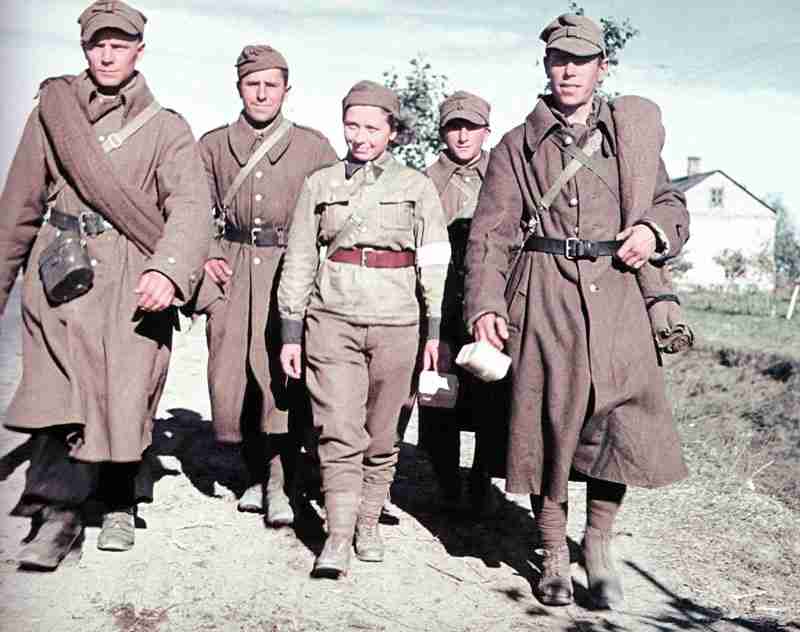
The Polish Forces came into existence after World War One, and, like all the armies of the newly independent states which emerged at this time, it was equipped from the dumps of the vanquished.
Not until 1937 was a program of modernization undertaken, and when war came two years later, the Polish Army was still basically obsolete; but although lacking in modern equipment and under poor strategic direction, the Polish Army fought bravely.
In 1939, as Europe moved towards war, the Polish government ordered partial mobilization in March and August and then, on 30 August 1939, general mobilization was declared. Along her western frontiers Poland deployed seven armies and a tactical group which accounted for over half her infantry divisions and nearly three-quarter of her cavalry brigades. The remainder of the Army was in the process of formation and was to be used as reinforcements and operational reserves.
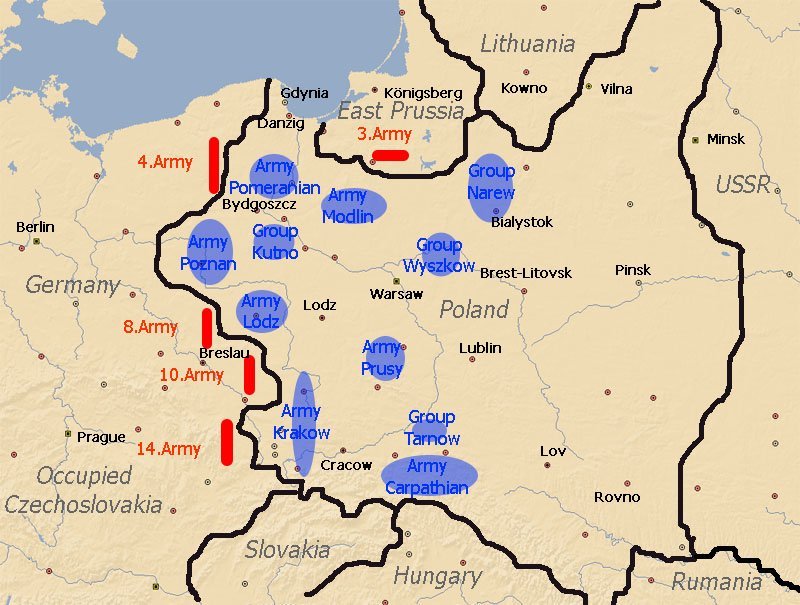
Polish Army units:
| Infantry Division | Cavalry Brigade | Motorized Brigade | |
|---|---|---|---|
| Total units | 39 | 11 | 2 |
| Infantry regiments | 3 with 1,900 officers and men each | 1 battalion with 600 men | ? |
| Cavalry regiments | - | 3 or 4 | ? |
| Officers | ? | 273 | ? |
| NCOs and Privates | ? | 6,911 | ? |
| Total men | 16,492 | 7,184 | ? |
| Machine guns | 378 | ? | ? |
| Mortars | 99 (81 x 50mm, 18 x 81mm) | 11 (9 x 50mm, 2 x 81mm) | ? |
| Howitzers and Field guns | 42 (30 x 75mm M1897 + 12 x 100mm Austrian M14 howitzers) | 16 x 75mm M1897 | ? |
| Anti-tank guns 37mm | 27 | 18 | ? |
| Anti-aircraft guns 40mm | ? | 2 | ? |
| Tanks | - | 13 TK/S Tankettes + Armored Cars | ? |
Total strength of the Polish Army: 1,500,000 soldiers (1,000,000 front line) with 4,500 guns and mortars, 2,000 anti-tank and 3,000 anti-aircraft guns.
Inventory of armored fighting vehicles on September 1, 1939:
Armored fighting vehicles | Inventory |
|---|---|
7TP (37mm Bofors gun) | 170 |
Vickers 6t | 50 |
Renault R-35 | 53 |
67 |
|
TK/TKS tankettes | 700 |
Armoured Cars | 100 |
TOTAL | 1,140 |
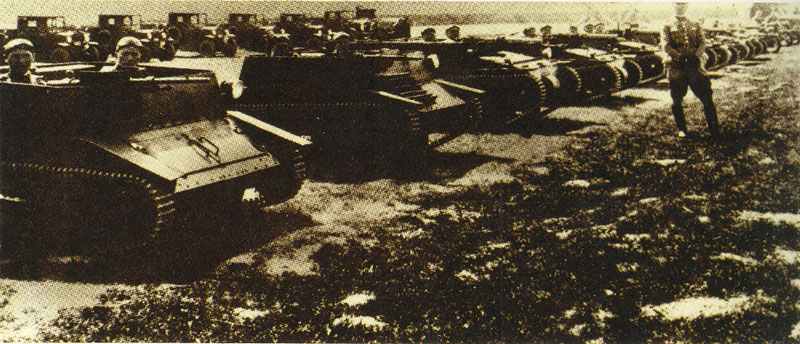
Polish Air Force
433 aircraft (159 fighters, 154 bombers, 84 observation machines, 36 liaison aircraft)
Polish Navy
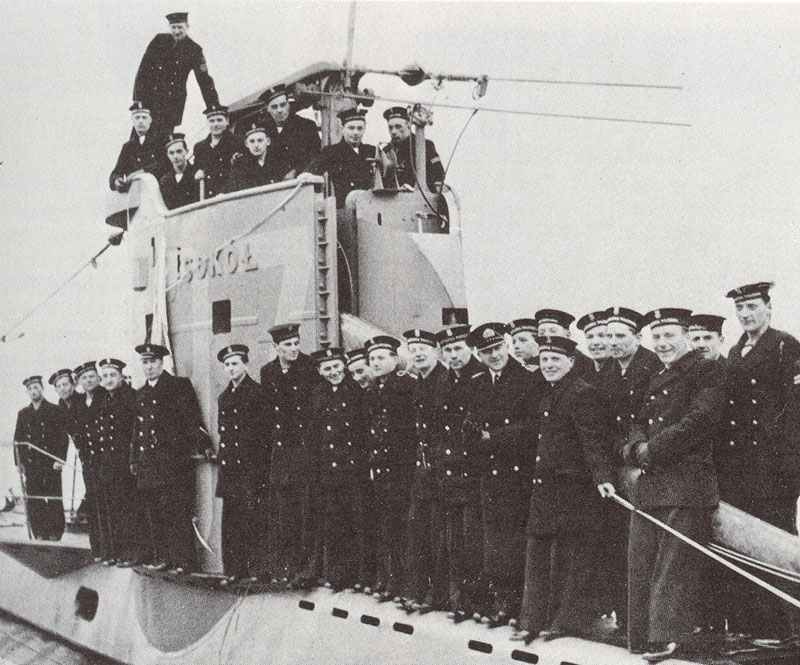
Frontline strength Polish Navy:
Four destroyers, five submarines, one minelayer, six minesweepers, two gun-boats.
(On the eve of the German invasion three of the destroyers and the submarines were ordered to sail to England. The destroyers and two submarines reached Leith in Scotland on 1 September 1939. The three remaining submarines were unable to break out of the Baltic Sea, and were interned in Sweden).
Polish Forces total
2,500,000 men (40 divisions), 1,140 armored fighting vehicles, over 1,800 guns
433 planes
4 destroyers, 5 submarines
References and literature
Krieg der Panzer (Piekalkiewicz)
Luftkrieg (Piekalkiewicz)
The Armed Forces of World War II (Andrew Mollo)
World War II – A Statistical Survey (John Ellis)


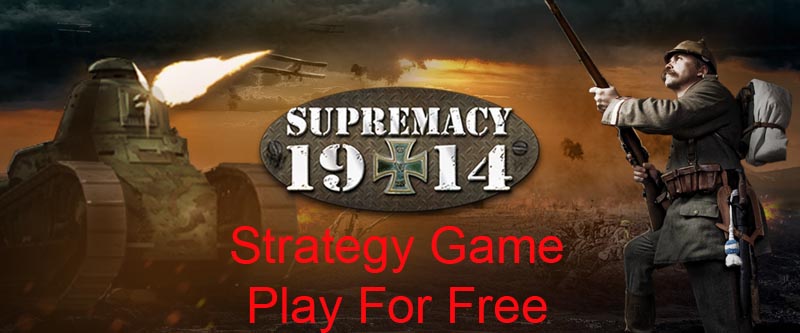
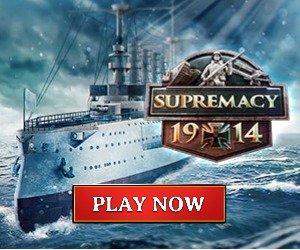
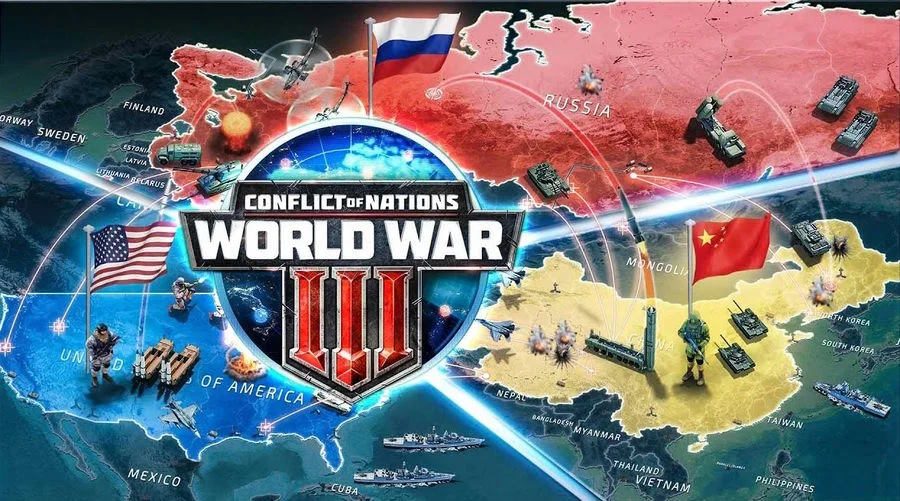
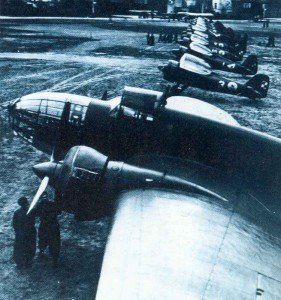
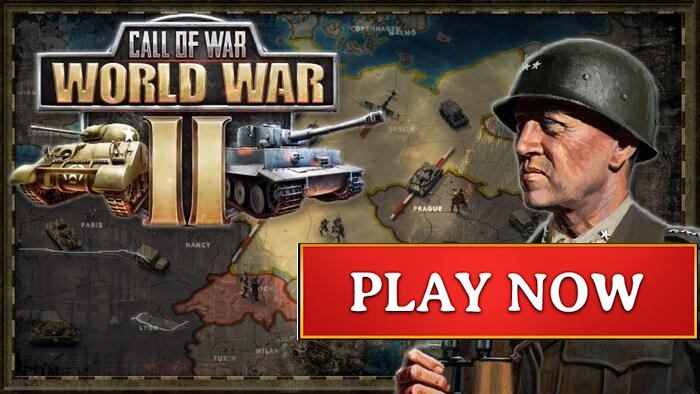
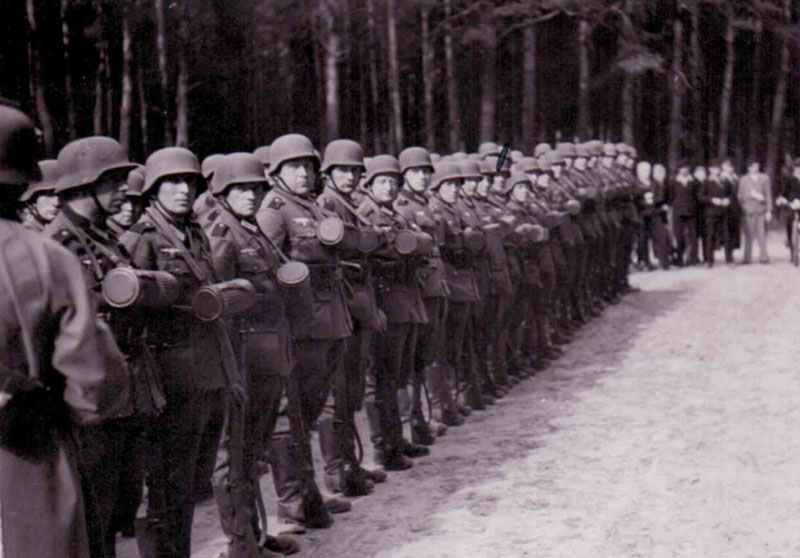
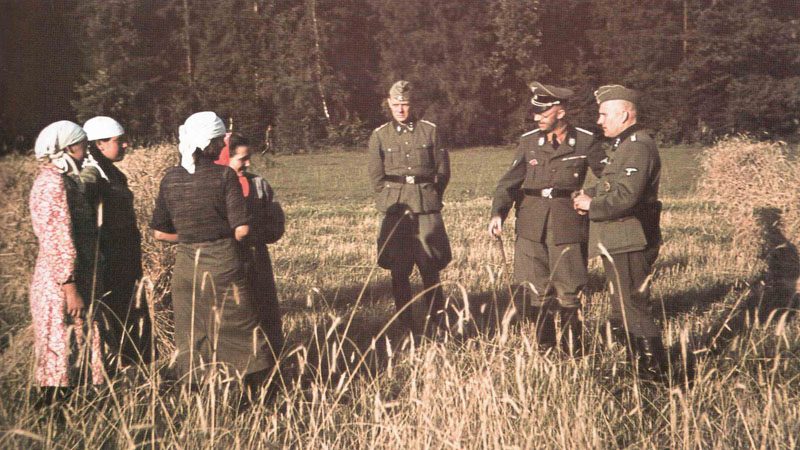
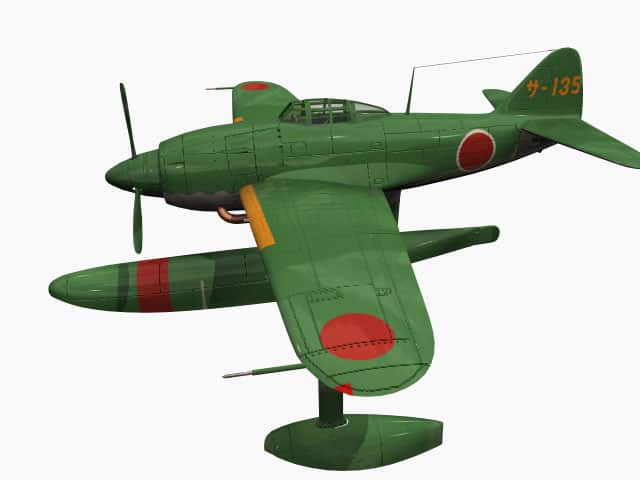
Looking at my dads military history from 1939 he was assigned to Anti-Aircraft cannon 75mm wz 97/35.
What does the wz 97/25 mean?
Thanks Roman
These are some Polish number specifications names for weapons systems, e.g. ‘Karabin WZ 91/98/25’ was the service name for captured Russian Mosin-Nagant Models 91 and 98 rifles in Poland. One number is probably the year of introduction, second could be maybe caliber or soemthing else.
Number of fighters should be 159 not 59.
Correct – this number was ‘lost’; thanks will be fixed so quick as possible !
Few remarks.
-several mistakes in “Polish army units”.
– photo “Polish tankettes” shows TK-1 and TK-2 prototypes, not the really used TK-3 and TKS.
– Polish Navy – submarines were not ordered to sail to Britain; one (“Orzel”) hovewer escaped from the Estonian city of Tallin and went to Britain.